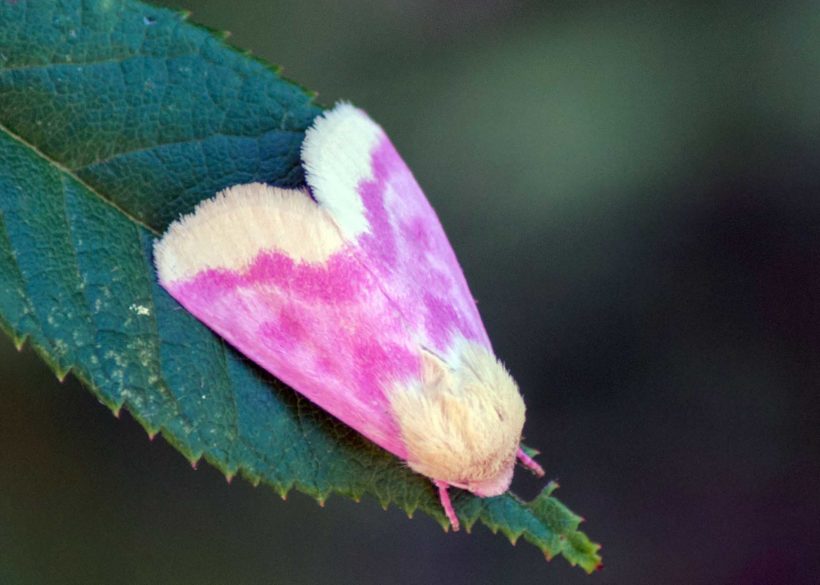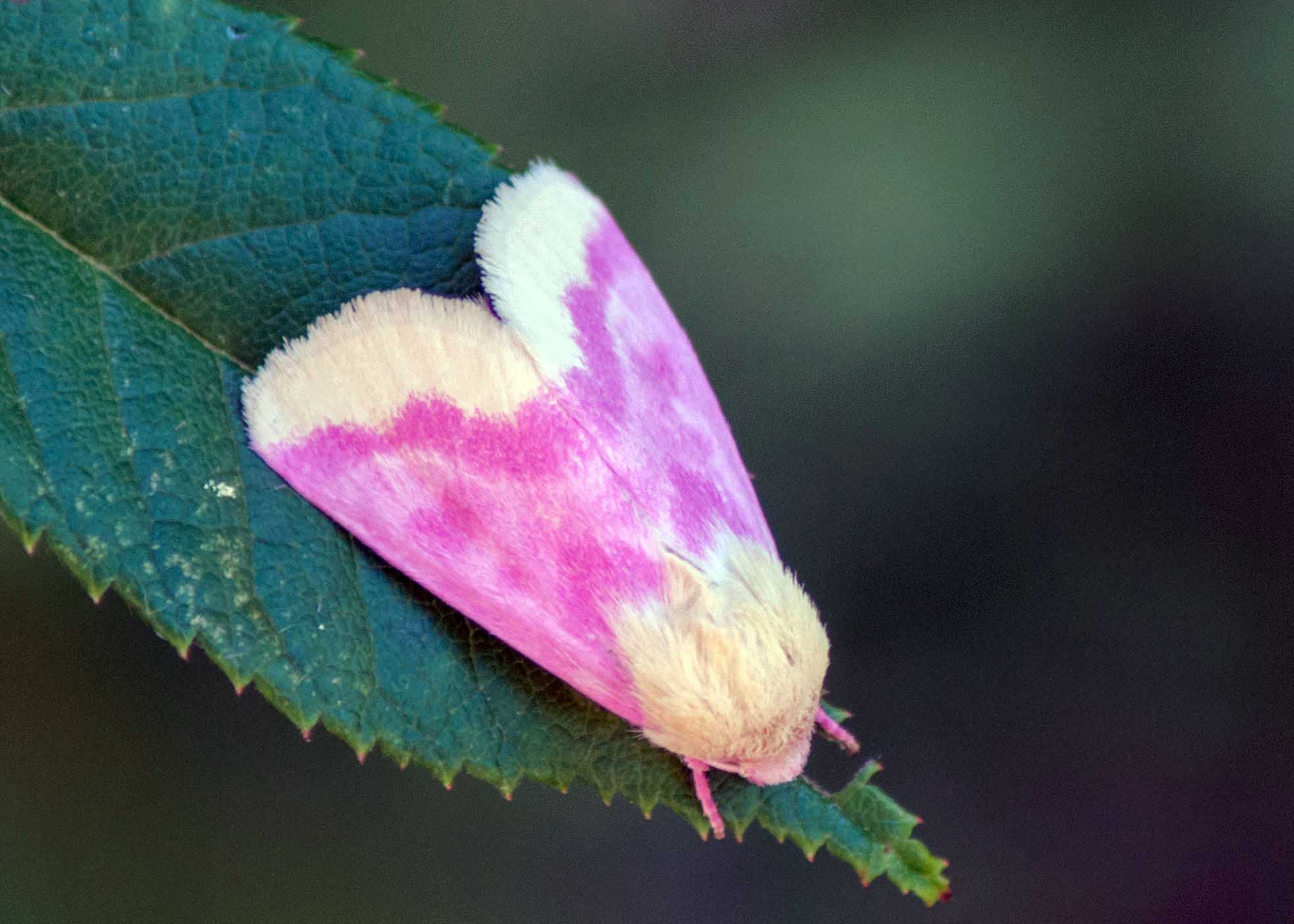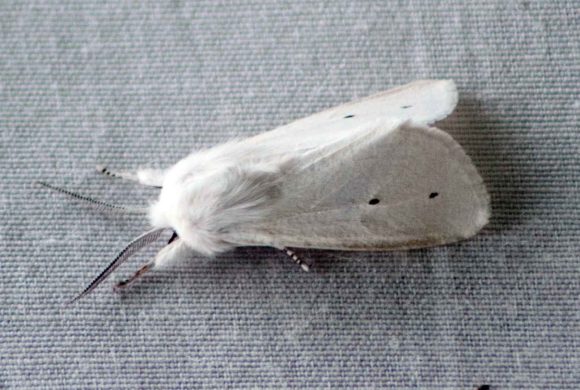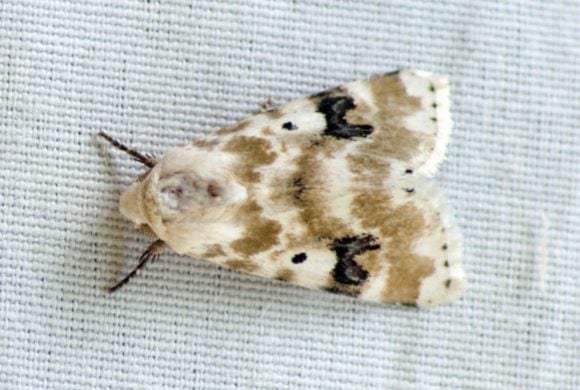Why do we celebrate National Moth Week?
Primrose Moth, Photo by Elissa Schilmeister
Well, there’s a lot we don’t know about moths.
The large scale initiatives that monitor the behaviors and populations of other invertebrates like honeybees don’t exist on the same scale for moths. This is partly due to our limited interaction with them (since they are nocturnal) and also partly due to a lack of public interest since they’re not always as pretty as their dainty butterfly cousins.
Moths are critical to the biodiversity of our local and global ecosystems. To fully understand a moth’s role, we have to first understand that their lifecycle is the same as that of a butterfly. They begin as eggs, eventually becoming caterpillars, before becoming pupae and transforming into adult moths.
Caterpillars are an important food source for many of our songbirds. As entomologist David L. Wagner put it, “Spring would be silent in a forest without caterpillars.” These caterpillars then go on to become adult moths, important pollinators and food sources for vertebrates like bats.
What’s the difference between moths and butterflies?
While butterflies and moths are cousins, there are some distinguishable differences between the two. We have more interaction with butterflies as they are active during the day. They are also typically more brightly colored, and have thin body structures.
Moths on the other hand take over the pollination night-shift. They are commonly a duller color but are sometimes bright, and have a stout body. You may also notice that in some species, males have furry antennas used to find female moths.
Fun fact: Moth species outnumber butterflies 15 to 1!
Why should we care, and what can we do to help them?
Join us for our upcoming A Little Moth Magic program on August 17 to better understand the variety of moths that live in our region, as well as their role in the ecosystem.
Can’t make the program? There’s still a lot you can do to help these furry-flyers, including creating habitat in your backyard that is friendly to caterpillars and adult moths, and reducing outdoor lighting coming from your house.





